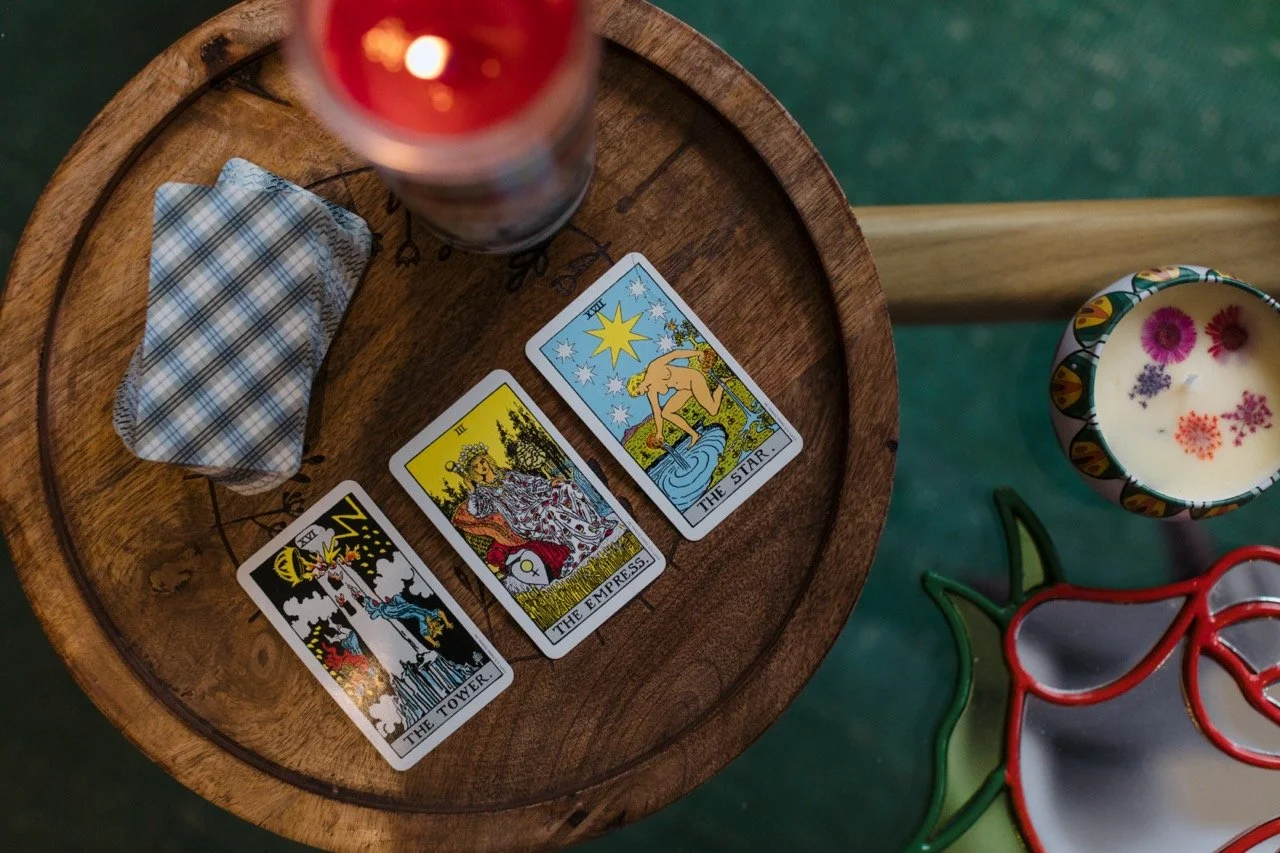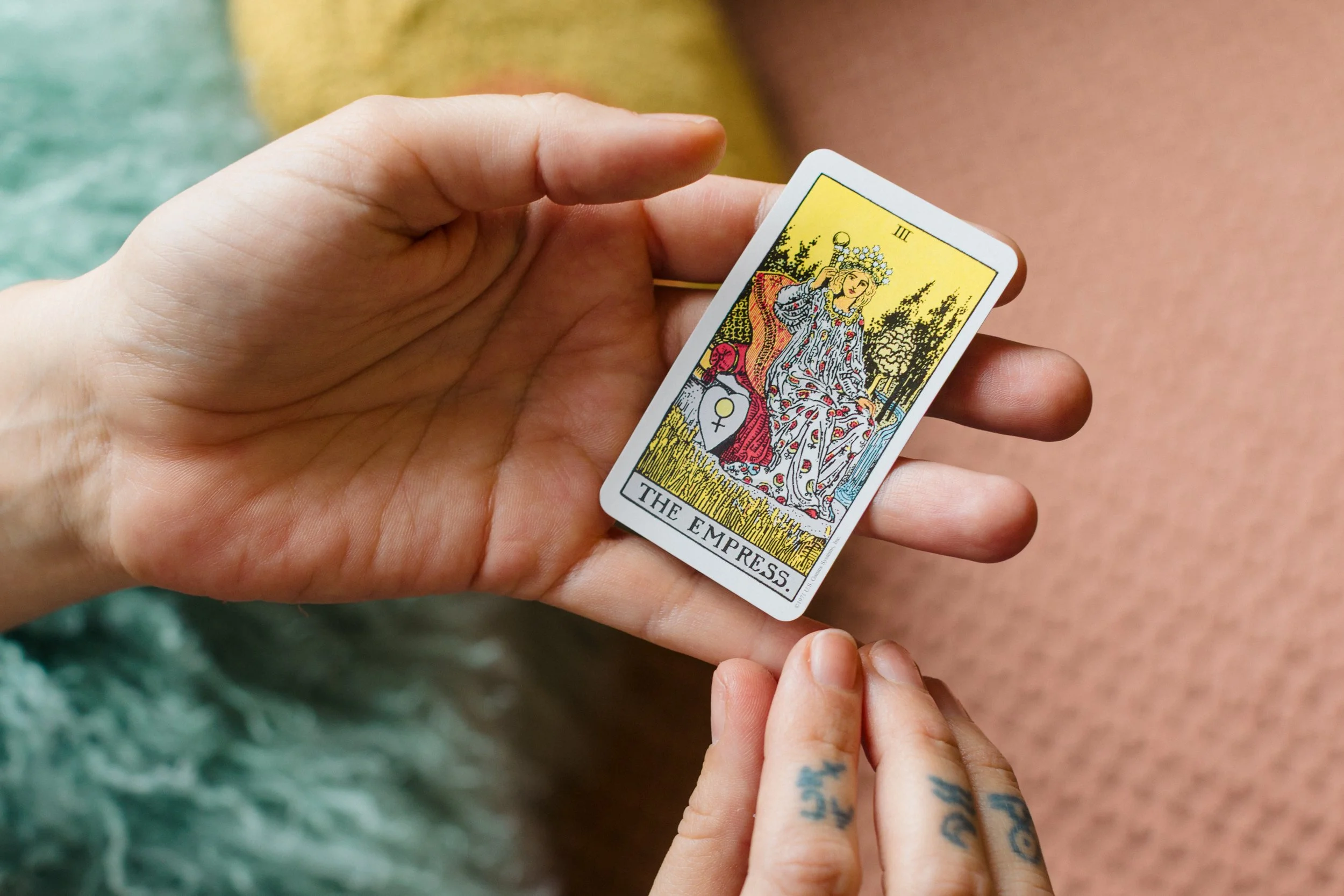Hello there, Elma here :)
A lot of people know me for my work behind the chair, but not everyone knows the story behind why I do what I do.
Originally from the Bronx, NY, I grew up as the youngest daughter in a Muslim immigrant, multigenerational household that had to carve out its own place in the world. My parents came from Montenegro & Kosovo (former Yugoslavia) to NYC in 1975. I can’t tell you how much respect and gratitude I have for them; they are my “why” in life. My Mom and Dad came from extreme poverty and limited education. Life was hard, and they did their absolute best with what little they had.
In the Bronx’s Little Italy, my father started our family business: a butcher shop that smoked meat, where people from our small community would shop. I adored him; I looked up to him. In Montenegrin, he called me “sine,” which translates to “son,” a term of endearment. I thought I was special (like a boy apparently)! He made me feel like the rules didn’t apply to me. In our culture, women lived under extreme scrutiny; a woman’s outfit and hair carried meaning and identity. How you looked and how you acted could make or break your family’s reputation and survival. Well, that got old for me real fast.
My pioneering father decided to move us to Upstate, NY in 1990. The property where we smoked our meat became our homestead. In those days, I was a queer child for sure. Today, I am cisgendered, identifying as she/her, but I’ve lived a nonconforming lifestyle by not adhering to the gender roles assigned to me by my culture and society. I wanted to do the yard work with my brothers, build forts in the woods, and ride my bike all day. I was obsessed with Buffy the Vampre Slayer; I still can’t tell if I was in love with her or just deeply empathized with her. In a group of kids, I was often the ringleader in our mischievous adventures, the one who got us into trouble. I strayed from the path that was laid ahead for me. I craved experience, independence, and sovereignty.
Ironically, I developed a distinctive behavior that would leave me feeling trapped and isolated. Since I was ten years old, I’ve had a not-so-well-known condition called trichotillomania, a body-focused repetitive behavior (BFRB) that causes recurrent urges to pull out one’s hair, leading to visible bald spots on the crown of my head. It’s not a choice; it’s an impulse-control disorder. Whether I wanted to be or not, I was different. I tried to mask it as best I could. From middle school to college, I experimented with new ways of dressing my hair, trying to cover it up. I was always changing my hairstyle, wearing bandanas or wigs, setting myself apart as the girl with the “weird hair.”
Privately, I carried debilitating shame from my terminal uniqueness, not knowing anyone else like me. In 2003, I first began researching my condition and begged my mom to take me to a therapist my senior year of high school. Back then, there was little to no resources on the topic, much less community. I was quickly radicalized when I met a group of hippies and punks who introduced me to the occult, DIY culture and shows (this is one sentence but this is everything). It all lead me back to NYC, where I studied Women’s History and Nutrition at CUNY Queens. I was living in Greenpoint, BK, studying and working as a waitress, when the 2009 recession and my coming-of-age life crisis cosmically aligned. I had the “gift of desperation”; I decided to drop out of college to seek help from an outpatient clinic that did CBT, DBT, and group therapy in Manhattan. After I completed that healing program, at age 25, I had to move back home with my parents and start over.
Naturally, I couldn’t fit into traditional spaces or systems; I had to create my own. When I was younger, I wanted to go to beauty school, but my family insisted I go to college. After I dropped out, my mom was like, “...sooo how about beauty school?” Fortunately for me, straight out of beauty school I first learned curly haircuts in 2010 while apprenticing under a dry-haircut specialist. It was a formative and rare experience for most stylists at the time. I focused on textured hair because I felt there was a lack of understanding and a lot of prejudice around it.
Personally, I was someone with patchy, coarse, textured, curly hair. No one ever curated a haircut that cared for my specialized needs and desires as a client, let alone a whole salon focused on it. When I was a teenager, going to hair salons was an anxiety-ridden task. I decided I could only trust my family with this secret of mine. My cousin and his wife owned (still do) a very cool hair salon in the West Village since the 90’s and they were strong influences in my life. They were people who loved me exactly as I was; I could confide in them about my stresses at work, and they encouraged me to go for my dreams.
In 2015, my father was diagnosed with stage 4 Melanoma (skin cancer), and in just eight short months, he was gone. His death rocked my world. The patriarch who had blazed our path forward, who had built something from nothing, was suddenly no longer here. I felt an immediate responsibility to carry his torch; I was his “sine”, his successor. English was his second language when he started our family business in New York City; he hadn’t studied business, and he came from no money, only grit, intuition, and belief. What was holding me back from fully embodying my own destiny? I was turning 30 years old, if not now, then when? Somehow, his passing gave me permission to fully live my own life.
In the spring of 2017, in Bushwick, NY, Queen of Swords was born out of that fire: named for the tarot archetype of discernment and truth, the woman who wields her pain as wisdom. The same values at the heart of my mission to make a space where people feel seen, where stylists can learn and thrive, and where beauty is treated as both art and care. Finally, a place where I could be my whole self, integrating all the parts of me I once had to sever in order to survive. Life was finally starting to make sense.



